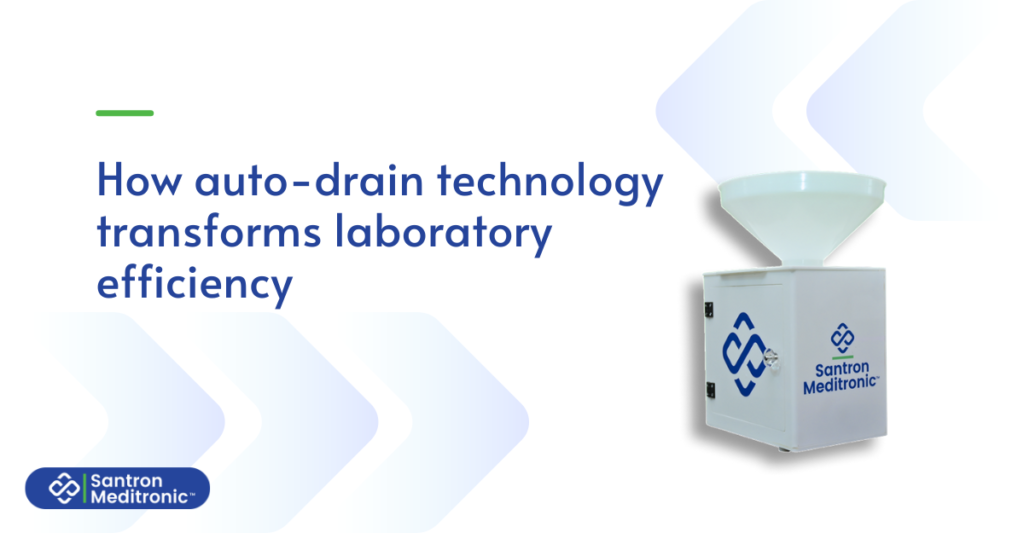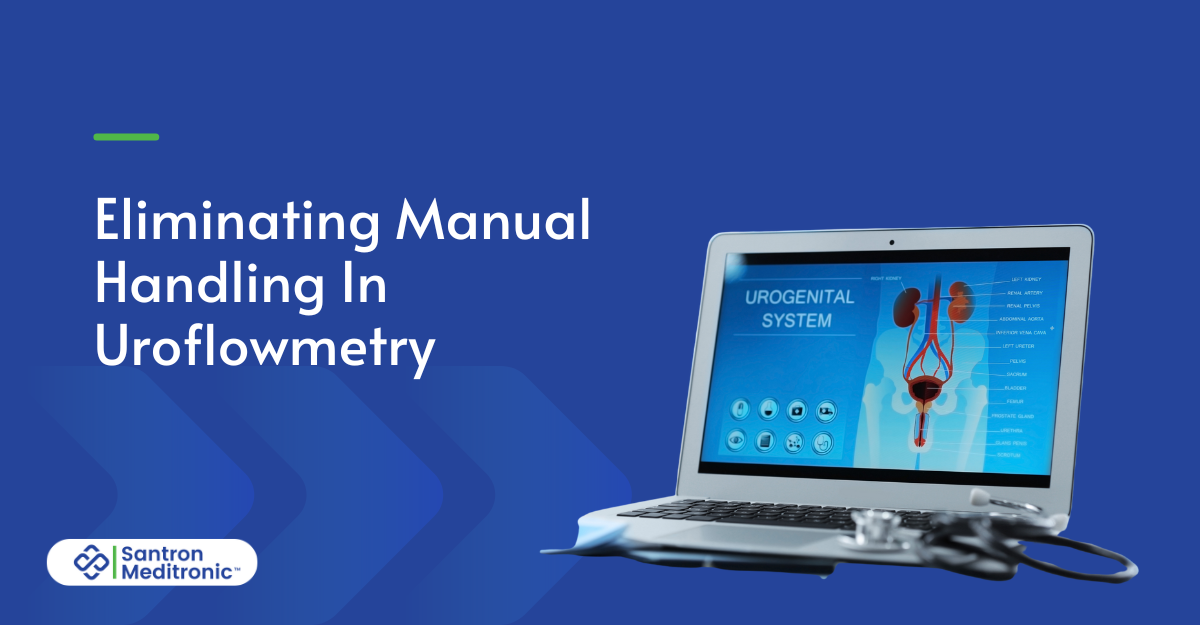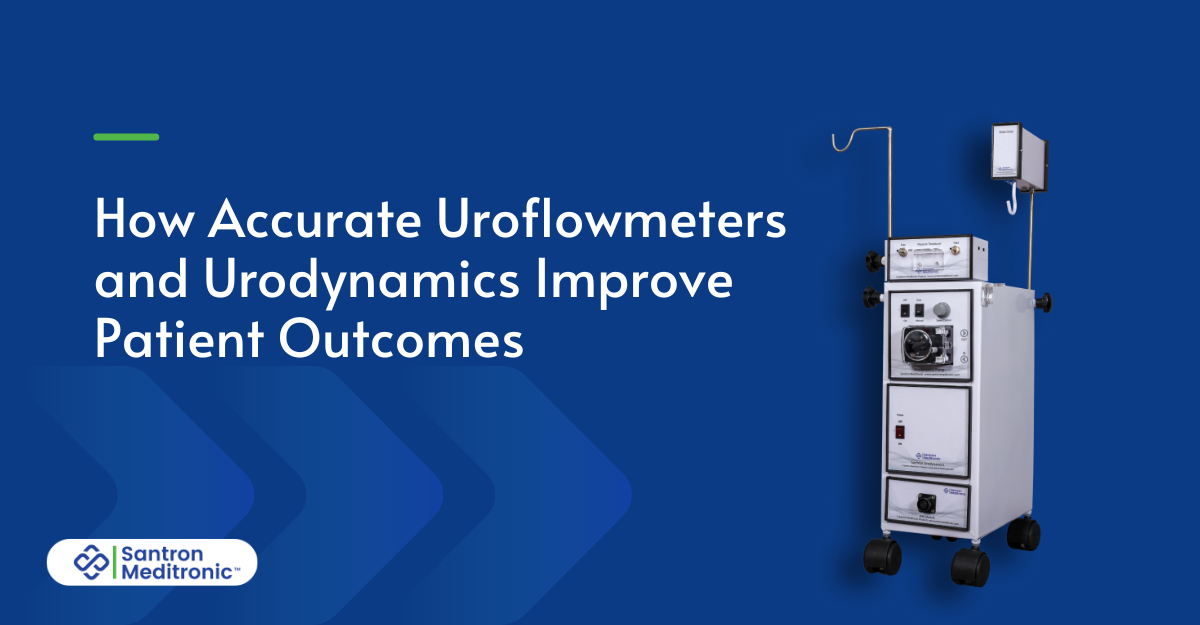Hospitals and diagnostic centers face constant pressure to deliver faster, more reliable uroflowmetry results while upholding the strictest hygiene standards. In uroflowmetry workflows, every step from measurement to data entry must be seamless to prevent bottlenecks. Traditional methods often require technicians to manually handle and drain urine collection vessels, slowing processes and introducing contamination risks. By integrating auto‑drain technology, facilities achieve smooth, hands‑free urine evacuation that accelerates throughput without compromising accuracy or cleanliness.
Challenges of Traditional Uroflowmetry
Manual handling introduces multiple hurdles that impede hospital workflow efficiency. When staff must empty and sanitize collection jars between tests, their attention is diverted from core diagnostic tasks, extending turnaround times and limiting daily capacity. This repetitive work also elevates the risk of accidental spills, leading to slip hazards, cross‑contamination, and extra cleaning cycles. In many settings, bulky uroflowmetry rigs demand dedicated plumbing or flushing valves, restricting placement flexibility and consuming valuable floor space. As labor costs continue to climb, the hidden downtime associated with routine maintenance further strains operational budgets.
Santron Auto-Drain Uroflowmeter
The Santron Auto-Drain Uroflowmeter redefines uroflowmetry by eliminating manual drainage and simplifying installation. This compact device integrates an innovative auto‑calibration system that ensures consistent precision without operator intervention. After a test concludes, the unit automatically evacuates urine through an enclosed drainage channel, preventing any direct contact with fluid. Its wireless connectivity transmits results to a tablet or PC interface, removing the need for manual data transcription and minimizing errors. Because it requires neither complex plumbing nor flushing hardware, the Auto‑Drain Uroflowmeter can be installed under any standard urinal or within existing restroom setups, offering unmatched versatility.
Key Features Driving Efficiency
- Zero Manual Intervention
Hands‑free operation means technicians no longer need to handle drainage jars or activate valves, allowing them to focus on patient care and diagnostics. - Spill‑Free, Hygienic Design
The sealed drainage pathway prevents leaks and aerosolization, reducing contamination risks and supporting stringent infection‑control protocols. - Compact & Flexible Installation
It fits neatly under fixtures or inside cabinets at a fraction of the traditional unit size, freeing up workspace and eliminating specialized plumbing. - Wireless Data Management
Bluetooth connectivity transmits results directly to clinical systems, streamlining record‑keeping workflows and ensuring accurate data capture. - Emergency‑Mode Flexibility
If auto‑drain is unavailable, the device switches to manual mode, functioning as a standard uroflowmeter without disrupting schedules.
Why Auto-Drain Technology Matters for Modern Labs

Enhancing hygiene and compliance is paramount in any clinical setting. Auto‑drain technology removes a critical contact point of manual jar handling, supporting infection‑control measures and reducing cleaning burdens. Space optimization is another key benefit: by eliminating bulky plumbing fixtures, centers can repurpose floor space or integrate uroflowmetry directly into patient bathrooms, enhancing privacy while lowering infrastructure costs. Faster turnaround times translate into higher daily throughput, enabling more patients to be served without extending operational hours. Finally, automating routine tasks allows skilled technicians to focus on data analysis, patient interaction, and other high‑value activities that improve diagnostic outcomes and staff satisfaction.
Elevate your hospital’s workflow efficiency, hygiene, and data accuracy with Santron Meditronic’s auto‑drain solutions.
Enquire now to schedule a consultation and discover how our compact, self‑operating uroflowmetry systems can transform your diagnostic workflows.








